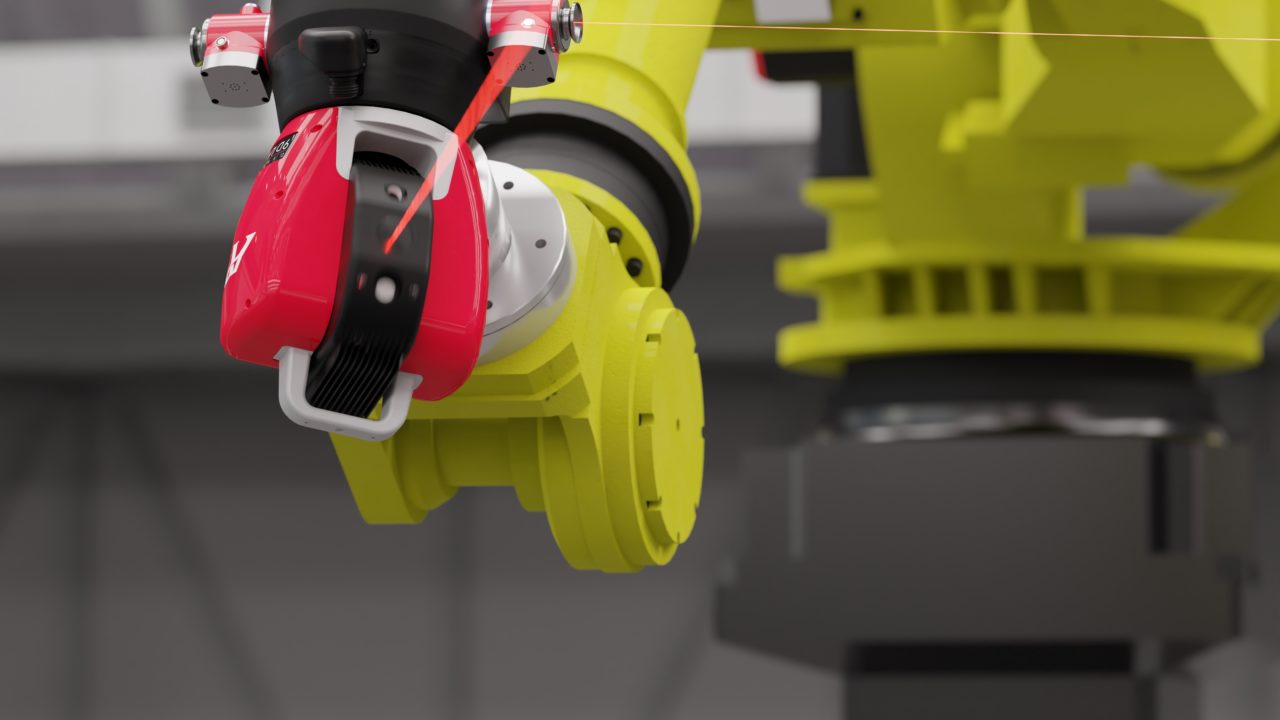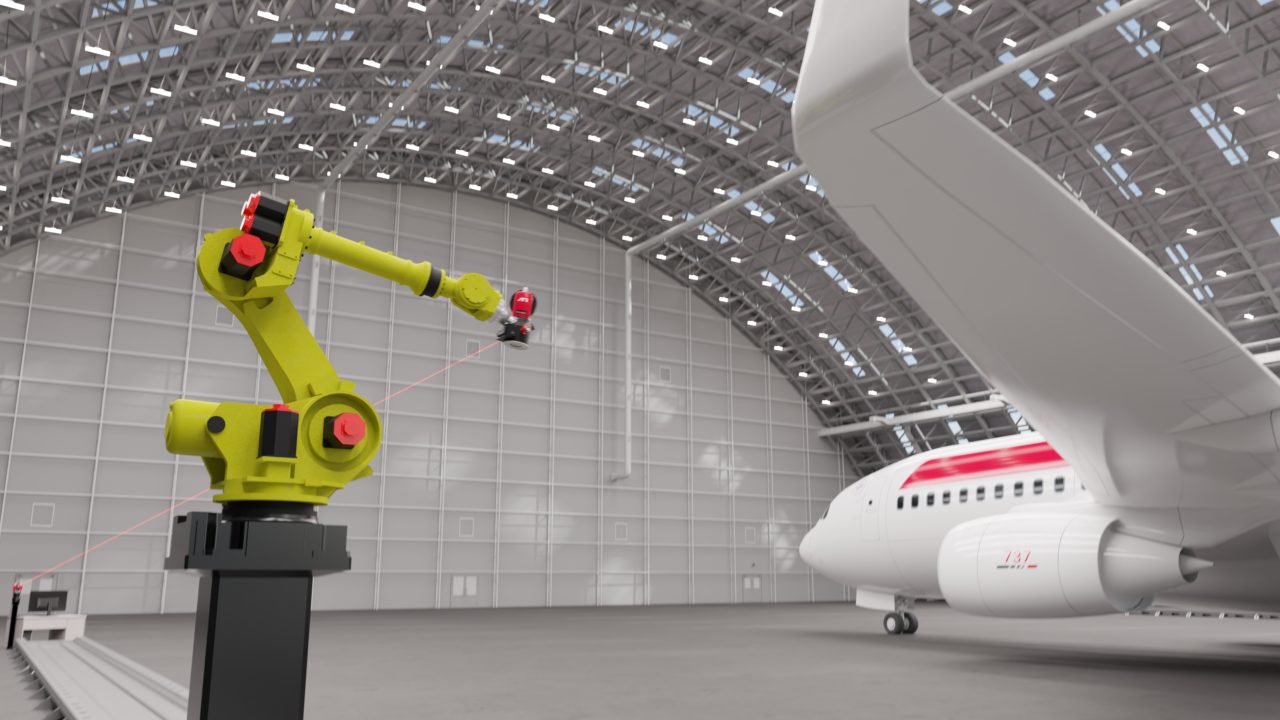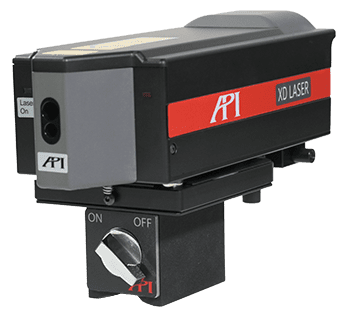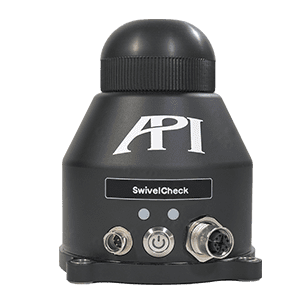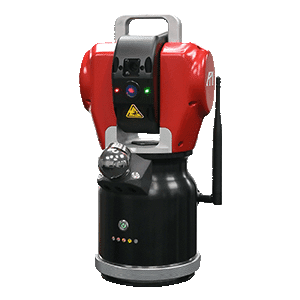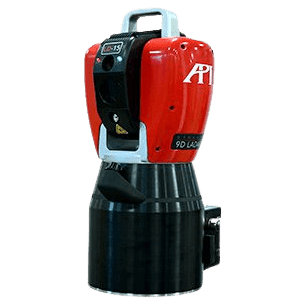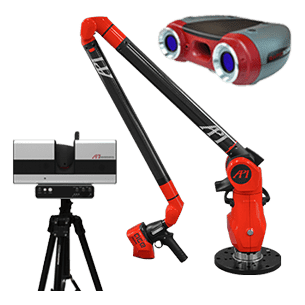As the aviation industry continues to evolve, the need for advanced technology to perform aircraft inspections becomes increasingly important. One such technology is non-contact scanning, which is becoming increasingly popular for full aircraft inspections. Given the extreme forces they are subjected to during takeoff, flight, and landing, full aircraft inspections are necessary for military and commercial aircraft to ensure essential features are all within tolerance.
Non-contact scanning can use a variety of techniques, such as 3D laser scanning and photogrammetry, to create highly accurate and detailed images of aircraft surfaces without the need for physical contact. API’s Dynamic 9D LADAR offers a breakthrough solution, using tracked high-speed, robot-mounted measurements to provide a completely automated solution that is safer, faster, more accurate, and more cost effective than traditional measurement methods. The video above shows how the LADAR solution can improve:
Safety
LADAR scanning eliminates the need for technicians to physically climb onto an aircraft to perform inspections, which can be a dangerous and time-consuming process. By using non-contact scanning, technicians can remain safely on the ground while capturing highly detailed and accurate images of the aircraft surfaces. This helps to minimize the risk of accidents or injuries to technicians, and also reduces the amount of time required to perform inspections.
Speed and Efficiency
A tracked LADAR solution offers a highly efficient process, as it allows for the rapid capture of large amounts of data in a short amount of time. LADAR paired with Radian Laser Tracker and i360 6DoF sensor offers the fastest measurement setup possible, taking points up to 20x faster than traditional Laser Radar systems without the need to stop for tooling ball tie-in. This is particularly advantageous for full aircraft inspections, as it enables technicians to quickly assess the condition of an aircraft and identify any areas that may require maintenance or repairs. By reducing the time required for inspections, manufacturers can increase the amount of time that their aircraft spend in the air, which can have a significant impact on their profitability.
Accuracy
Dynamic 9D LADAR’s scans produce highly accurate and detailed images of aircraft surfaces, which can be used to identify even the smallest of defects or imperfections. The system produces near-CMM level accuracy at 20,000 points per second speeds. This level of accuracy is difficult to achieve using traditional inspection methods (or even some laser-based methods), which may rely on visual inspections or physical measurements. By using non-contact scanning, airlines can ensure that their aircraft are maintained to the highest standards of safety and performance.
Cost Savings
Dynamic 9D LADAR, despite the cost of the equipment and installation, can actually be a cost-effective alternative to traditional inspection methods. While the initial investment in equipment and training may be higher, the long-term cost savings can be significant. By reducing the man hours required for inspections and dramatically improving throughput, productivity of inspection teams can finally match production speeds and downtime required for aircraft maintenance can be reduced. This can help to lower the overall cost of aircraft maintenance and improve the profitability of manufacturers and airlines.
In conclusion, a tracked, robot-mounted Dynamic 9D LADAR solution is a highly advanced and effective technology that offers numerous advantages for full aircraft inspections by delivering the measurements that are up to 20x faster than Laser Radar systems without the need for tooling ball tie-in. By improving safety, increasing speed and efficiency, enhancing accuracy, and reducing costs, LADAR is helping to transform the aviation industry and improve the safety and performance of aircraft around the world. Learn more about LADAR here or fill out the form below to contact an API Metrologist today.
